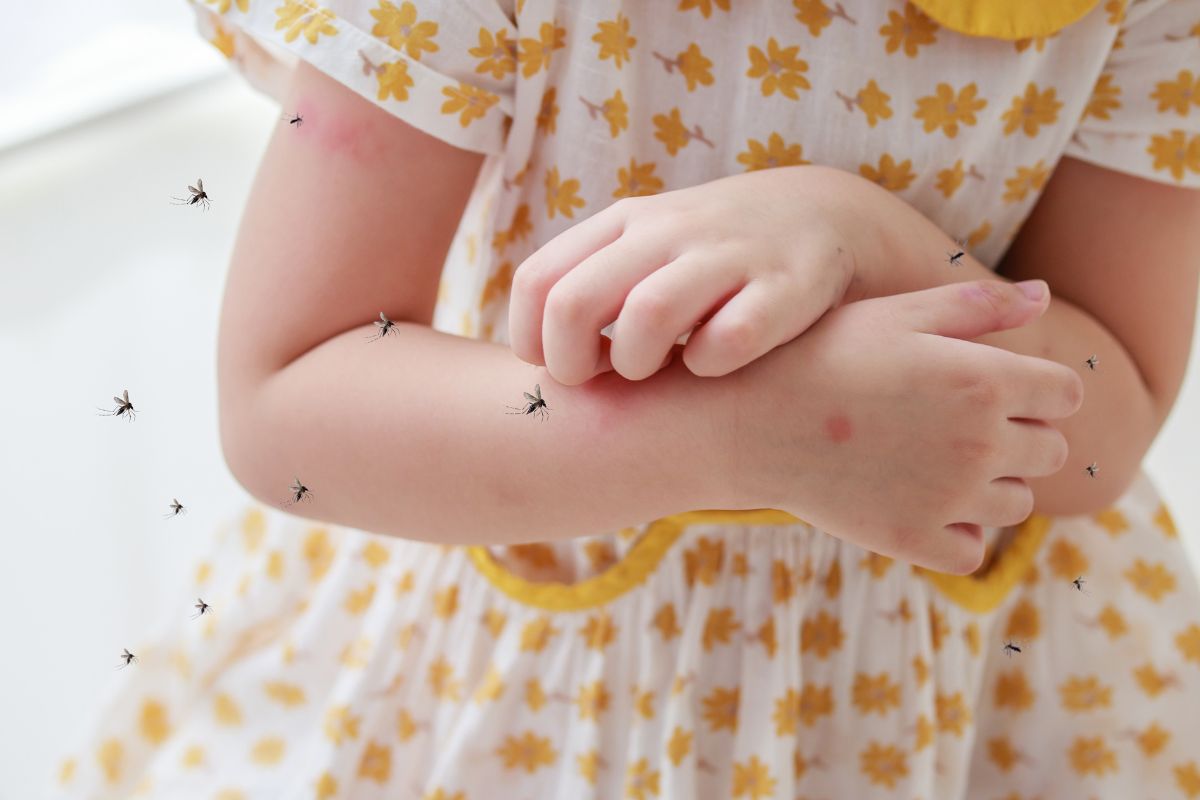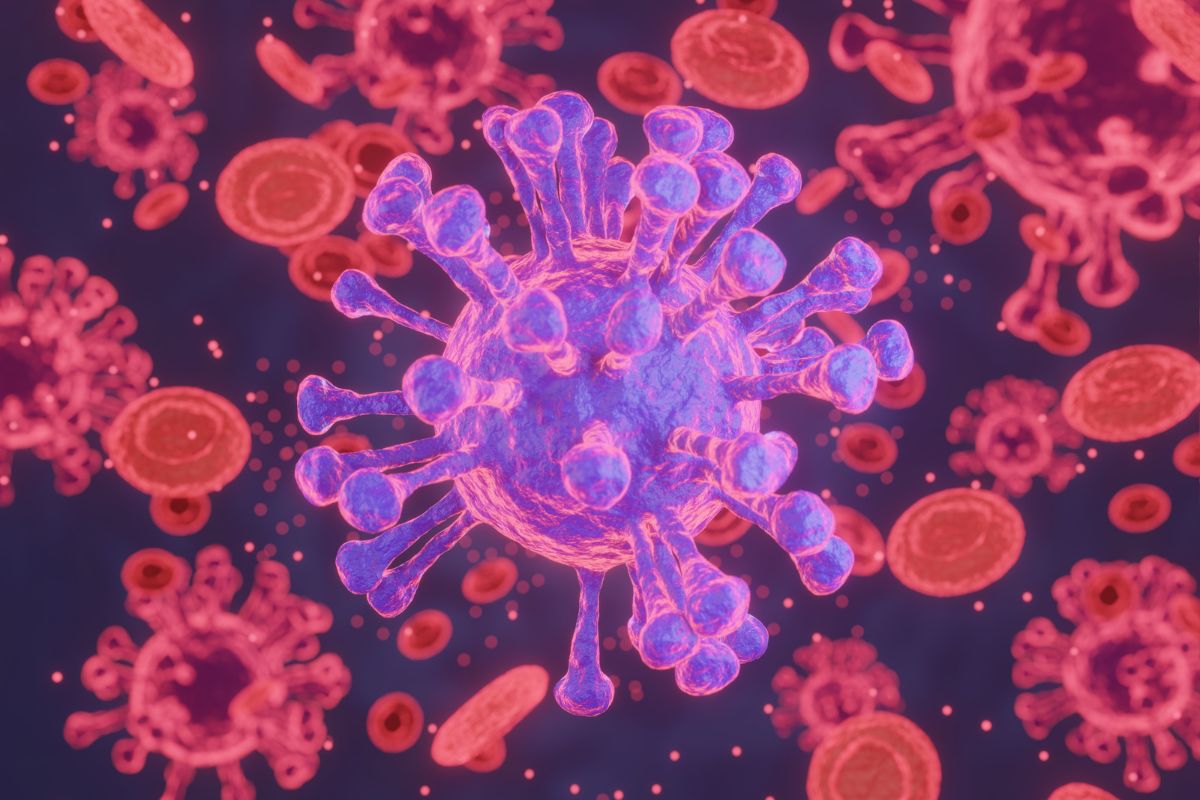Chikungunya Virus – Symptoms, Risks & How to Avoid Infection

In recent years, the chikungunya virus has emerged as a growing public health concern across tropical and subtropical regions. Transmitted primarily by mosquitoes, this viral infection is notorious for causing debilitating joint pain and fever, often leaving patients bedridden for days or even weeks. With outbreaks reported in Asia, Africa, and the Americas, understanding the nature of the virus, its symptoms, and how to prevent it is crucial for individuals living in or traveling to affected areas.
What Is the Chikungunya Virus?
The chikungunya virus (CHIKV) is an RNA virus belonging to the Alphavirus genus in the Togaviridae family. It was first identified in Tanzania in 1952, and its name originates from the Kimakonde language, meaning “to become contorted,” referring to the stooped posture of sufferers due to intense joint pain.
CHIKV is primarily spread through the bite of infected female mosquitoes, especially Aedes aegypti and Aedes albopictus—the same species responsible for transmitting dengue and Zika viruses. These mosquitoes are most active during daylight hours, particularly early morning and late afternoon.
How the Virus Spreads
- Mosquito bites: The primary mode of transmission is through bites from infected mosquitoes.
- Human-to-mosquito cycle: During the first week of infection, the virus circulates in the blood. If a mosquito bites an infected person, it can become a carrier and spread the virus to others.
- Rare transmission routes: Though uncommon, transmission through blood transfusion or laboratory exposure has been reported.
Chikungunya Virus Symptoms

Symptoms typically appear 3–7 days after being bitten by an infected mosquito. While most people recover within a week, some experience lingering joint pain for months or even years.
Common Symptoms:
- High fever (often above 39°C or 102°F)
- Severe joint pain (especially in hands, wrists, ankles, and knees)
- Muscle pain
- Headache
- Fatigue
- Nausea
- Skin rash
- Joint swelling
The joint pain is often symmetric—if one knee is affected, the other likely is too. In some cases, the pain can be so intense that patients are unable to walk or perform daily tasks.
Long-Term Effects:
- Post-viral arthritis: Some individuals develop chronic joint inflammation.
- Neurological complications: Rarely, chikungunya can lead to encephalitis or other neurological issues.
- Eye problems: Sensitivity to light, conjunctivitis, and pain behind the eyes have been reported.
At-Risk Groups:
- Infants and the elderly
- People with underlying health conditions (e.g., diabetes, heart disease)
- Pregnant women near delivery (risk of transmission to newborn)
Diagnosis
Chikungunya is often misdiagnosed due to symptom overlap with dengue and Zika. Diagnosis typically involves:
- RT-PCR tests to detect viral RNA
- Serological tests (IgM and IgG antibodies)
- Complete blood count (CBC) to rule out other infections
Treatment
There is no specific antiviral treatment for chikungunya. Management focuses on relieving symptoms:
- Rest and hydration
- Pain relievers: Paracetamol or acetaminophen is preferred, especially in dengue-endemic areas to avoid bleeding risks
- Cold compresses: Help reduce joint inflammation
- Physical therapy: For persistent joint pain
Avoid NSAIDs like ibuprofen until dengue is ruled out, as they can increase bleeding risk.
Chikungunya Prevention

Prevention is the most effective strategy against chikungunya, especially in regions with active transmission.
Mosquito Control:
- Eliminate stagnant water: Mosquitoes breed in water collected in flowerpots, tires, buckets, and drains.
- Use larvicides or introduce larvae-eating fish in water bodies
- Community clean-up drives: Regularly remove breeding grounds
Personal Protection:
- Use EPA-registered insect repellents
- Wear long-sleeved clothing and pants
- Treat clothes with 0.5% permethrin
- Sleep under mosquito nets, especially outdoors or in unscreened areas
Vaccination:
Two vaccines have received regulatory approval in the U.S.:
- IXCHIQ (live-attenuated)
- VIMKUNYA (virus-like particle)
These are recommended for travelers at high risk and certain lab workers.
Global Impact & Recent Outbreaks
Chikungunya has spread to over 110 countries, with outbreaks in India, Sri Lanka, Thailand, and the Americas. In 2025, China’s Guangdong province reported over 7,000 cases, prompting pandemic-like precautions including hospitalizations, mosquito net use, and fines for failing to eliminate breeding grounds.
India experienced a major outbreak in 2006, with over 1.3 million suspected cases, primarily in Karnataka and Maharashtra. The virus continues to pose a threat during monsoon seasons when mosquito populations surge.
Final Thoughts
Chikungunya may not be fatal, but its symptoms can be profoundly disabling. With no cure available, prevention remains the best defense. Whether you’re a traveler, a healthcare worker, or a resident in an endemic area, staying informed and vigilant can help you avoid the painful consequences of this mosquito-borne illness.
If you’re planning to travel to a region with known chikungunya activity, consult your healthcare provider about vaccination and protective measures. And remember—every drop of stagnant water you eliminate is a step toward a safer community.

